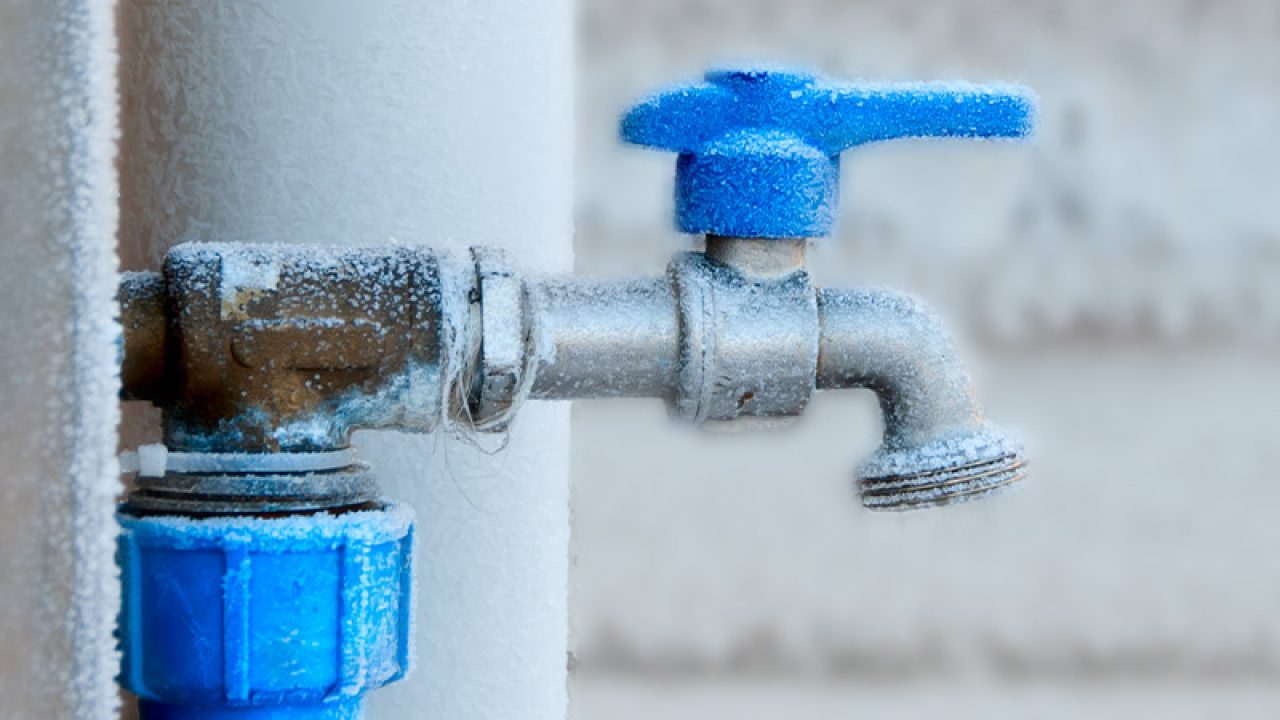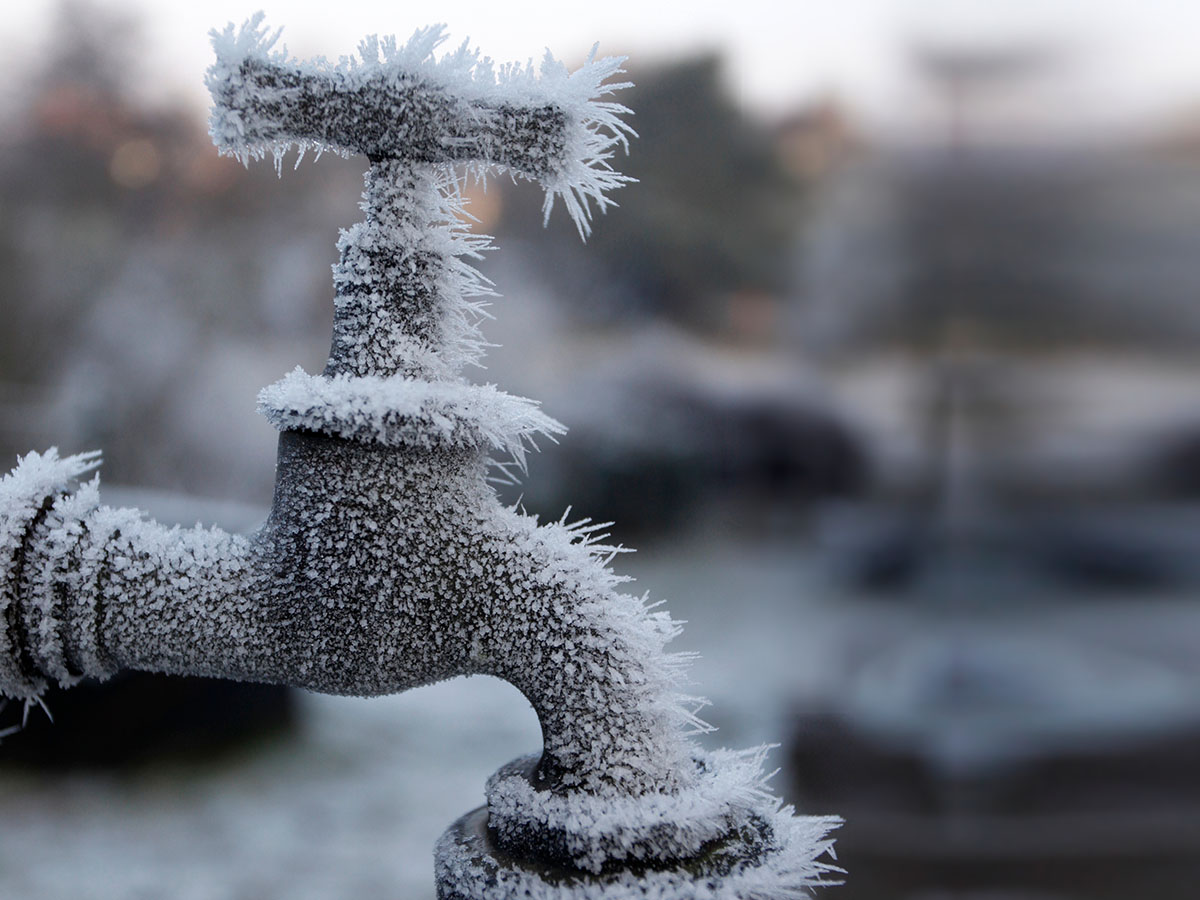Are you hunting for critical info about How To Avoid Freezing Pipes?

Winter can damage your pipes, especially by freezing pipes. Right here's exactly how to stop it from happening and what to do if it does.
Introduction
As temperatures decrease, the threat of frozen pipelines rises, possibly bring about expensive repairs and water damage. Understanding just how to prevent icy pipelines is important for home owners in cold climates.
Recognizing Icy Pipelines
What causes pipes to freeze?
Pipes ice up when subjected to temperatures listed below 32 ° F (0 ° C) for extended periods. As water inside the pipes freezes, it expands, putting pressure on the pipeline wall surfaces and potentially triggering them to rupture.
Dangers and damages
Frozen pipes can result in supply of water disruptions, residential property damage, and pricey repair services. Burst pipes can flooding homes and cause extensive architectural damage.
Indicators of Frozen Water Lines
Determining icy pipelines early can avoid them from breaking.
Exactly how to identify frozen pipelines
Search for lowered water flow from taps, uncommon odors or sounds from pipes, and visible frost on subjected pipelines.
Prevention Tips
Protecting prone pipelines
Wrap pipes in insulation sleeves or make use of warmth tape to shield them from freezing temperature levels. Concentrate on pipelines in unheated or exterior locations of the home.
Heating methods
Maintain interior rooms appropriately heated, specifically areas with plumbing. Open closet doors to enable cozy air to flow around pipes under sinks.
Protecting Outside Plumbing
Garden hose pipes and outdoor faucets
Separate and drain garden hoses prior to wintertime. Set up frost-proof spigots or cover exterior faucets with insulated caps.
What to Do If Your Pipelines Freeze
Immediate actions to take
If you think icy pipes, maintain taps open to relieve stress as the ice melts. Make use of a hairdryer or towels soaked in warm water to thaw pipes gradually.
Long-Term Solutions
Structural modifications
Consider rerouting pipes far from exterior wall surfaces or unheated locations. Add additional insulation to attics, basements, and crawl spaces.
Updating insulation
Purchase high-grade insulation for pipelines, attics, and wall surfaces. Proper insulation assists preserve constant temperatures and reduces the threat of frozen pipelines.
Final thought
Protecting against icy pipes calls for positive actions and quick feedbacks. By comprehending the reasons, signs, and safety nets, homeowners can secure their pipes during cold weather.
5 Ways to Prevent Frozen Pipes
Drain Outdoor Faucets and Disconnect Hoses
First, close the shut-off valve that controls the flow of water in the pipe to your outdoor faucet. Then, head outside to disconnect and drain your hose and open the outdoor faucet to allow the water to completely drain out of the line. Turn off the faucet when done. Finally, head back to the shut-off valve and drain the remaining water inside the pipe into a bucket or container. Additionally, if you have a home irrigation system, you should consider hiring an expert to clear the system of water each year.
Insulate Pipes
One of the best and most cost-effective methods for preventing frozen water pipes is to wrap your pipes with insulation. This is especially important for areas in your home that aren’t exposed to heat, such as an attic. We suggest using foam sleeves, which can typically be found at your local hardware store.
Keep Heat Running at 65
Your pipes are located inside your walls, and the temperature there is much colder than the rest of the house. To prevent your pipes from freezing, The Insurance Information Institute suggests that you keep your home heated to at least 65 degrees, even when traveling. You may want to invest in smart devices that can keep an eye on the temperature in your home while you’re away.
Leave Water Dripping
Moving water — even a small trickle — can prevent ice from forming inside your pipes. When freezing temps are imminent, start a drip of water from all faucets that serve exposed pipes. Leaving a few faucets running will also help relieve pressure inside the pipes and help prevent a rupture if the water inside freezes.
Open Cupboard Doors
Warm your kitchen and bathroom pipes by opening cupboards and vanities. You should also leave your interior doors ajar to help warm air circulate evenly throughout your home.

As a fervent person who reads about Preventing and dealing with frozen pipes, I was thinking sharing that excerpt was really helpful. Those who appreciated our article kindly remember to share it. I take joy in reading our article about How to Prevent Your Pipes From Freezing.
Details